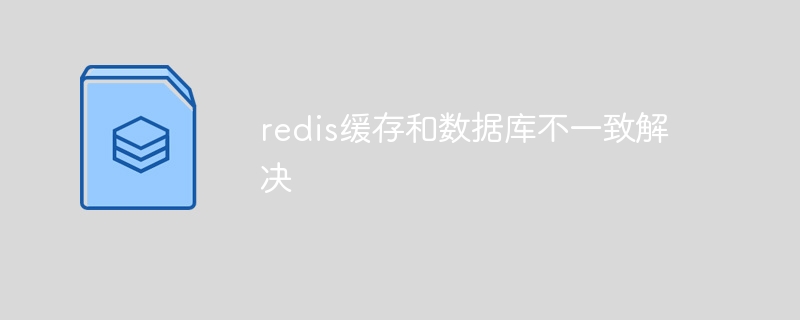解决 Redis 缓存和数据库不一致问题需要:使用数据一致性协议(如 Redis 事务或分布式锁)防止并发写入导致不一致。采用缓存失效策略(如过期时间或更新触发器)确保缓存及时更新。优化缓存架构(如分区缓存或二级缓存)减少对数据库的直接访问。通过数据完整性检查和警报持续监视并解决不一致问题。

当使用 Redis 缓存与关系型数据库结合时,可能会遇到缓存和数据库数据不一致的问题。解决此问题至关重要,以确保数据的完整性和一致性。
导致 Redis 缓存和数据库不一致的主要原因包括:
解决 Redis 缓存和数据库不一致问题的常用方法包括:
1. 使用数据一致性协议:
2. 使用缓存失效策略:
3. 优化缓存架构:
4. 监视和警报:
解决 Redis 缓存和数据库不一致问题需要采取综合的方法,包括使用一致性协议、缓存过期策略、优化架构以及持续监视。通过遵循这些最佳实践,可以确保缓存和数据库数据保持一致,提高应用程序的可靠性和准确性。
以上就是redis缓存和数据库不一致解决的详细内容,更多请关注php中文网其它相关文章!

每个人都需要一台速度更快、更稳定的 PC。随着时间的推移,垃圾文件、旧注册表数据和不必要的后台进程会占用资源并降低性能。幸运的是,许多工具可以让 Windows 保持平稳运行。

Copyright 2014-2025 https://www.php.cn/ All Rights Reserved | php.cn | 湘ICP备2023035733号